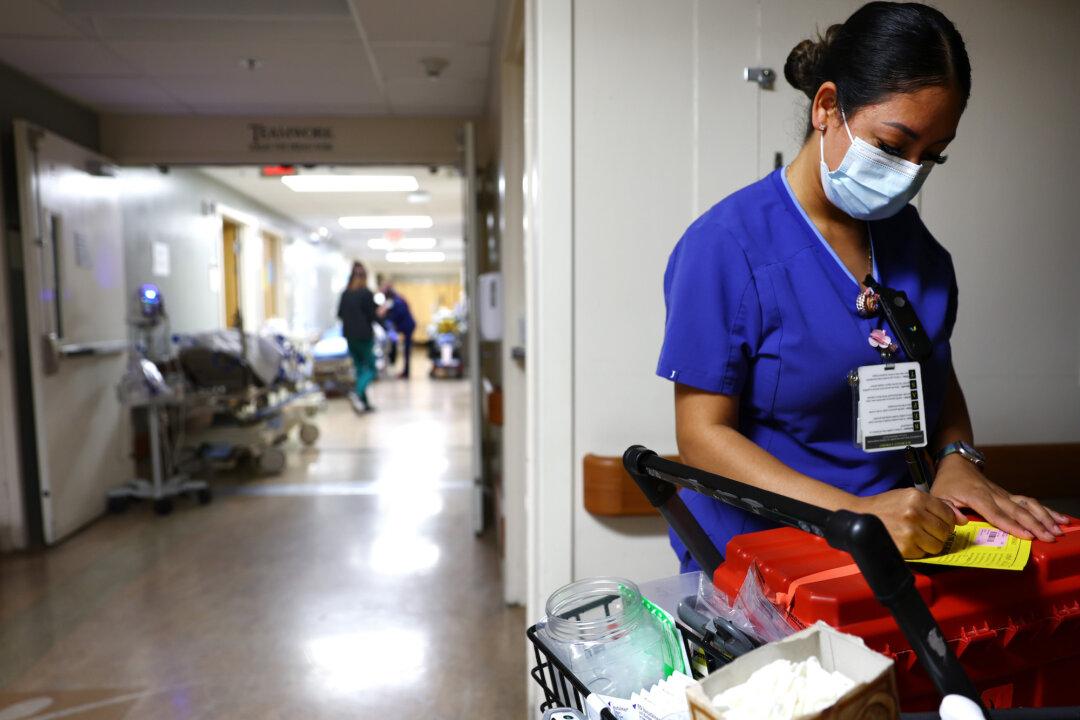The Biden administration will be ending the COVID-19 public health emergency and national emergency declarations within several months, with a range of impacts on Americans and their pocketbooks.
Under the dual emergency declarations, most Americans have had access to free COVID-19 tests, treatments, and vaccines—even if they’re uninsured. But that’s about to change.





